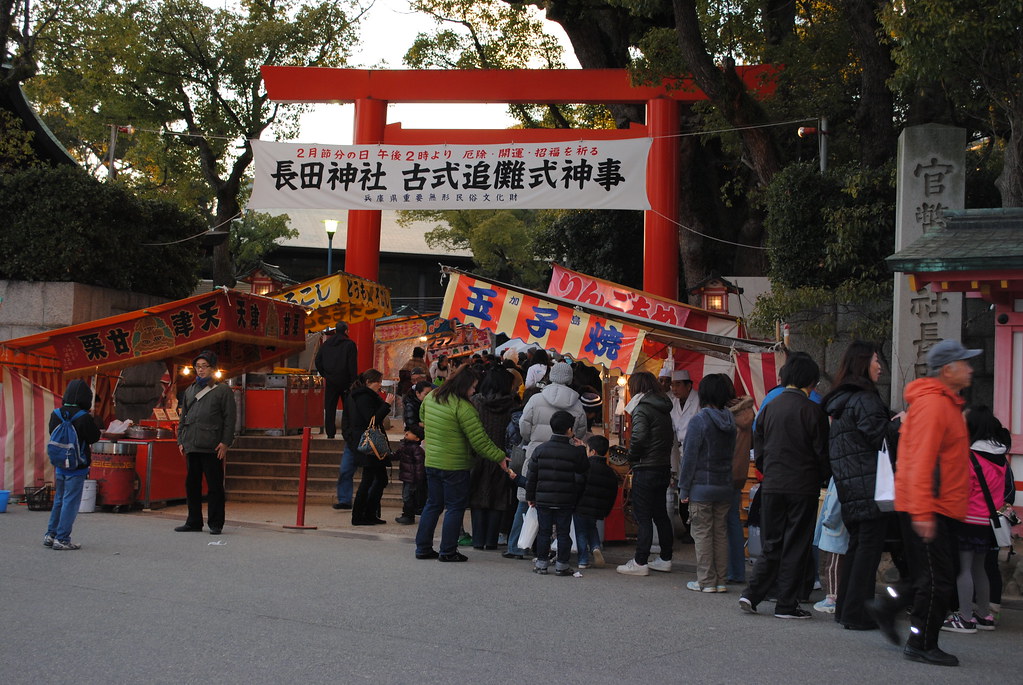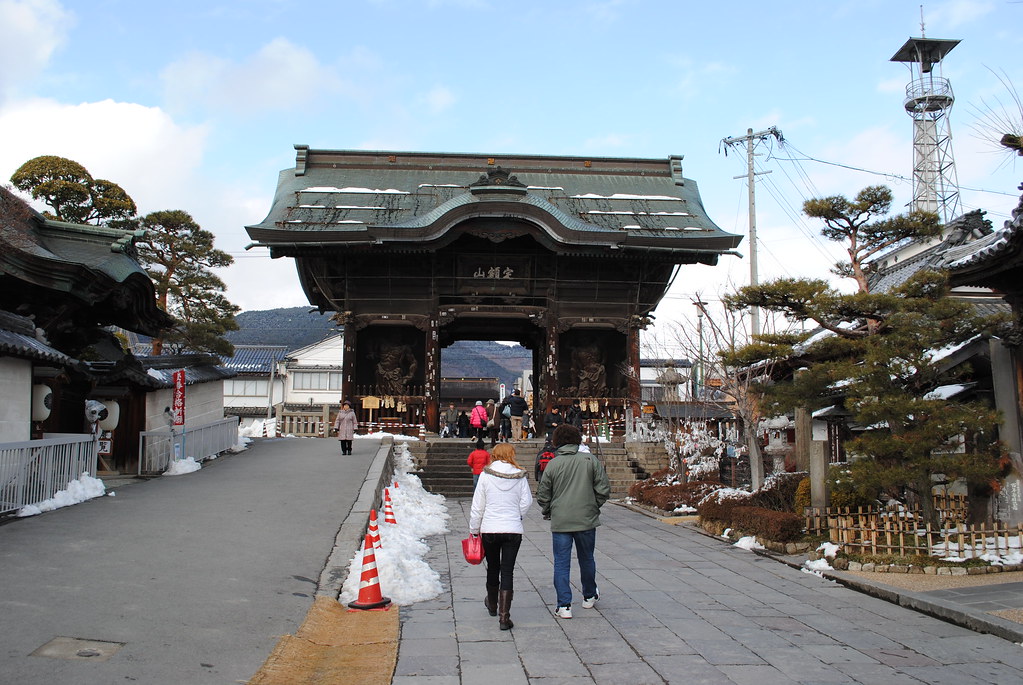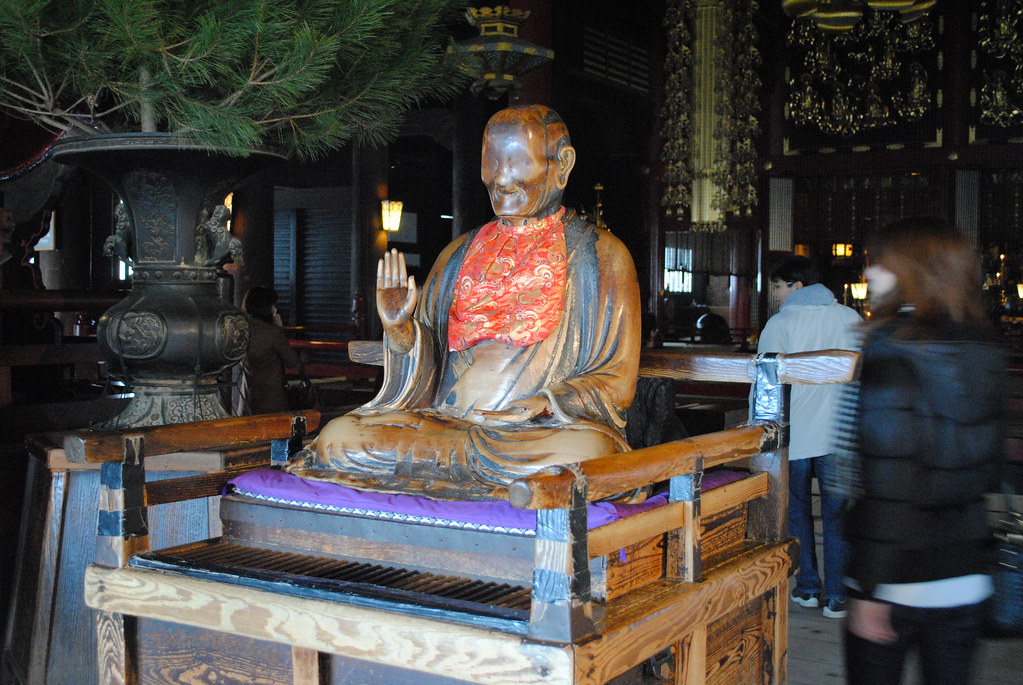This is something I've wondered for a while and maybe you have too. The terms "shrine" and "temple" are used almost interchangeably, but there are differences. Given that I visited Nagata Shrine a couple of weeks ago and just got back from Zenkou Temple in Nagano, I figured it was a good time to try and spot them.
Put very simply, 神社 are 神道 (Shinto) shrines and お寺 are 仏教 (Bukkyou - Buddhist) temples but it can be quite hard to differentiate at times!
神道, or "way of the Gods", is a Japanese native religion based on the belief that 神 (Kami - "gods" or "spirits") represent the forces of nature and one's ancestors. Shrines are built to house these 神 and bridge the gap between the physical and spiritual world. They can be big like Nagata Shrine, or smaller ones on the side of the road and in people's houses. The latter tend to house small objects of worship like statues, small stones and mirrors that are believed to channel the 神 and allow them to be contacted. For that reason, they're generally built at places of spiritual significance. How do you spot them though? The larger shrines are usually marked by a red or stone-coloured 鳥居 (とりい - torii) gate - like the one from Nagata.
お寺 tend to look a bit different from the outset - rather than 鳥居 gates, they tend to have grander temple gates, often decorated with beautiful designs and housing massive guardian statues. Have a look at the one at Zenkou Temple to see what I mean.
Once you get through the gate, the bigger temples are usually even more impressive, with gold leaf, intricate designs and elaborate decorations. The pagoda roof is also a characteristic that might help you spot the difference.
Rather than everyday objects, the objects of worship in お寺 are usually Buddha statues and I'm told many temples even have parts of Buddha's bones encased in boxes inside - I wonder if they're the real thing?
Finally, the name might give it away - the suffix "jinja" for shrine, or "dera"/"ji" for temple might be added. For example:
生田神社 (いくたじんじゃ - Ikuta Shrine) in Kobe
善光寺 (ぜんこうじ - Zenkou Temple) in Nagano
清水寺 (きよみずでら - Kiyomizu Temple) in Kyoto
Notice the kanji for "dera" and "ji" are the same - it's just a different reading.
Failing all that, don't worry - a lot of shrines and temples are interchangeable so you could be forgiven for mixing them up. Nowadays, most Japanese people consider themselves both Buddhist and Shinto and they've both been considered an inseparable part of Japan for a very long time. Don't let that stop you trying to spot things though - everything is there for a purpose and the more you learn about culture and history, the more the everyday things will start to make sense!
Japanese culture, life and language (without the boring bits) from a Western Australian teacher on the inside. For teachers and students of Japanese (don't tell them it's educational).
Search This Blog
Subscribe to:
Post Comments (Atom)




Thanks for this post. Now, I have an idea what difference jinja has over otera. I've been to a number of shrines and temples but I never bothered to look up for their respective characteristics until now.
ReplyDeleteNext time, I see a torii gate, I'll immediately recognize it as an entrance to the shrin(神社).
Glad I could help!
ReplyDeletethanks....been wondering ever since i came here
ReplyDelete